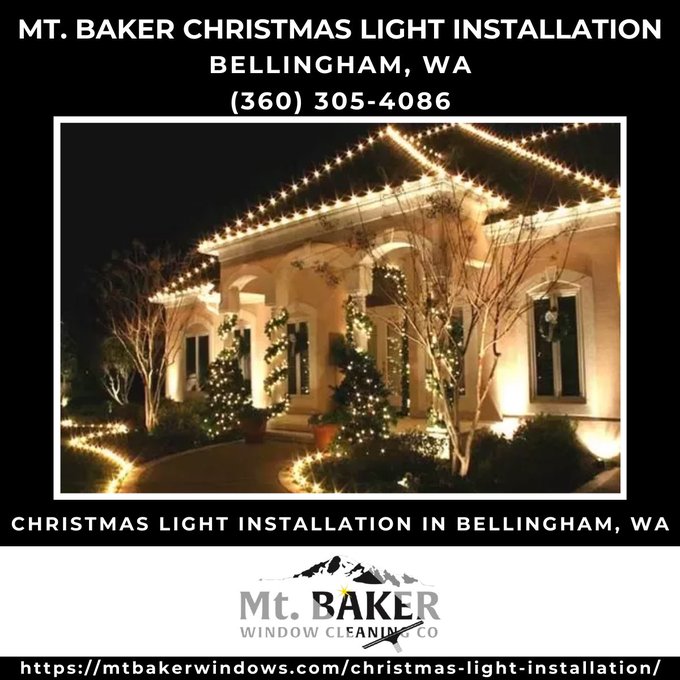Introduction
As the holiday season approaches, homes become adorned with dazzling lights, transforming neighborhoods into festive wonderlands. However, amidst the twinkling displays of joy, a crucial question arises: Which type of light consumes less electricity? This inquiry not only influences your electric bill but also has broader implications for energy consumption and environmental sustainability. In this comprehensive guide, we will explore various types of Christmas lights, delve into their electricity consumption rates, and compare costs to help you make informed decisions for your holiday lighting needs.
Which Type of Light Consumes Less Electricity? A Holiday Comparison
When it comes to choosing holiday lighting, understanding the energy consumption of different light types is essential. The most common types of lights used during the Christmas season include incandescent bulbs, LED lights, and fiber optic lights. Each type has its own characteristics regarding energy efficiency.
Incandescent Bulbs
Incandescent bulbs have been a traditional choice for holiday lighting for decades. They emit a warm glow that many find appealing and nostalgic. However, they are among the least energy-efficient options available today.
- Energy Consumption: On average, an incandescent bulb can consume about 60 watts per hour. Lifespan: Typically lasts around 1,000 hours. Cost: If you use 10 strands of 100 bulbs at 60 watts each for five hours nightly over a month, it could cost around $30 just in electricity.
LED Lights
LED (Light Emitting Diode) lights have surged in popularity due to their energy efficiency. They come in various shapes and colors and can be used both indoors and outdoors.
" width="560" height="315" frameborder="0" allowfullscreen>
- Energy Consumption: A string of 100 LED lights uses approximately 7 watts per hour. Lifespan: Can last up to 25,000 hours or more. Cost: Operating those same 10 strands would only cost around $3 monthly when used for five hours each night.
Fiber Optic Lights
Fiber optic lights are another alternative gaining traction during the holidays. These lights use thin strands of glass or plastic to transmit light.
- Energy Consumption: Fiber optic setups can vary widely but typically consume between 10 to 15 watts per hour. Lifespan: Generally last longer than incandescent but shorter than LEDs. Cost: Depending on usage but generally fall somewhere between incandescent and LED costs.
Comparative Analysis Chart
| Light Bellingham Christmas Light Installation Type | Energy Consumption (per hour) | Lifespan | Monthly Cost Estimate (for 10 strands) | |------------------|-------------------------------|-----------------|----------------------------------------| | Incandescent | 60 watts | ~1,000 hours | $30 | | LED | 7 watts | ~25,000 hours | $3 | | Fiber Optic | 10-15 watts | ~10,000 hours | $6-$9 |
Residential Christmas light installation Mt. Baker Chirstmas Lights InstallationUnderstanding Costs Related to Christmas Lights
When planning your holiday displays in Bellingham or elsewhere, knowing how much it costs to install and run these lights is vital.
Christmas Light Installation Bellingham Cost
If you're considering professional help for outdoor Christmas light installation in Bellingham, it's worth looking into estimated costs.
- The cost usually ranges from $2 to $5 per foot for installation. Factors influencing price include complexity and height of installation.
- If you're planning on installing them yourself, remember to factor in safety equipment like ladders and clips.
How Much Does It Cost to Light a House for Christmas?
This question often pops up as homeowners gear up for the festive season. Here’s a breakdown:
- For an average-sized house decorated with moderate lighting:
- Expect costs ranging from $50 to $300 monthly based on light type and duration of operation.
How Much Does It Cost to Light a String of Christmas Lights?
The cost associated with running a single string depends largely on its wattage:
For incandescent strings:- Approximately $0.18 per string if lit for five hours daily throughout December.
- Around $0.03 per string under similar conditions.
Electricity Usage FAQs
Here are some frequently asked questions concerning Christmas lighting costs:
FAQ 1: How Much Electricity Do 100 Christmas Lights Use?
A standard set of incandescent Christmas lights uses about 60 watts; however, LED versions only require approximately 7 watts.
FAQ 2: Are LED Lights Cheaper To Run?
Absolutely! LED lights utilize significantly less power compared to traditional incandescent bulbs making them cheaper in terms of electricity bills over time.
FAQ 3: How Much Will Christmas Lights Raise My Bill?
Depending on your usage pattern:
- Incandescent strings could raise your bill by about $30–$40 monthly, While LEDs might only increase it by about $5–$10 monthly based on average use.
FAQ 4: Do Flickering Lights Use More Electricity?
Not necessarily; flickering could indicate an electrical issue rather than increased consumption. It's wise to check connections if you notice flickering.
FAQ 5: How Long Do Permanent LED Christmas Lights Last?
Permanent LED solutions can last upwards of thirty years when properly installed and maintained!
FAQ 6: Are Permanent Christmas Lights Worth It?
Investing in permanent outdoor lighting can enhance home value while providing year-round functionality beyond just holidays.
Conclusion
In this exploration titled “Which Type of Light Consumes Less Electricity? A Holiday Comparison,” we’ve uncovered valuable insights into various types of holiday lighting options available today. From traditional incandescent bulbs that have served us well over the years but consume significant amounts of electricity to modern LEDs that offer energy efficiency without sacrificing beauty—there is no shortage of choices out there!
By considering factors like initial installation costs versus long-term savings on electric bills through lower consumption rates—homeowners can make educated decisions tailored specifically for their needs this festive season!
So as you prepare your home for celebrations filled with warmth and cheer—choose wisely! After all—the right kind of light not only brightens your surroundings but also keeps those pesky utility bills in check!
" width="560" height="315" frameborder="0" allowfullscreen>
This article should provide readers with not just facts but also practical advice that enhances their holiday experience while being mindful of efficiency!

